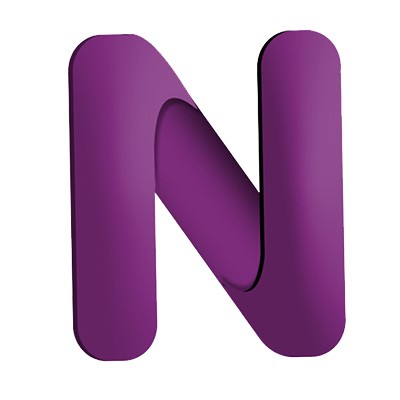Tip of the Week: Using Some of Microsoft OneNote’s Features
Microsoft OneNote is a very useful application for, as you may have guessed, taking notes. However, when we say taking notes, we feel as though we’re not doing the application justice. We’ll share a few tips to help you use OneNote to its full potential.
What’s the big deal?
You may have a gut reaction to shrug and think, “So? I can use a pen and paper if I want to take notes.”
This is fair, but let me ask you this: how confident are you that you could find those notes one month from now? Six months? A year?
This is the primary advantage of using OneNote – you know where your notes are.
However, this is far from the only example of features that make the desktop version of OneNote so great. For instance:
- First, it is important to take notice of how easy it is to review the notebooks that a user has access to. If logged in, the home screen will present the logged-in user’s account name at the top left, under the menu. Clicking it will show all the notebooks that user has access to, making it easy to switch gears as needed. An additional notebook can be created from this menu as well.
- Once you’ve created a notebook, you can tabulate it with tabs, and group these tabs together. These tabs can also be password protected – but you need to be sure to remember this password. Not even Microsoft can unlock these sections, and there is no way to recover this password. Each section can have its own sub-pages, able to be added by clicking the Add page button.
- Your notebook sections can also be merged together. By right-clicking on a tab, you are presented with a menu that has Merge into Another Section as an option.
- If you prefer to work on something more than just a blank white screen, you can add formatting. To do so, click on the View tab. Here, you can add Page Color and Ruled Lines. If you like the way this formatting works for you, you can save it as a template. In the Insert Tab, you can access the menu under the Page Templates button. Here, you can apply different templates that have been provided, or by clicking Save current page as a template, you can save that template and assign it as that notebook’s default formatting.
- Once your formatting is set up, you can input notes in a variety of ways. You can type them, of course, but if you have a touchscreen and stylus, you can hand-write them as well. You can also insert pictures. Even better, you can record audio that is linked to the note that was written as the audio recorded, allowing you to add more context as you write your notes.
- You can also use Tags to sort out your notes, and search for them based on these Tags.
- Under the View tab, you can select Dock to Desktop, which allows you to take notes as something else is going on, say, you’re in a meeting or watching a presentation. This will split the screen between your doc and whatever it is you’re taking notes about, allowing you to follow along better. To un-dock, simply click the arrow on the right-hand side.
OneNote has far more features that allow for improved collaboration, too many to include here. We also have more tips to help out with your other business processes that leverage technology solutions. You don’t want to miss out on any of them!
To avoid this, subscribe to our blog! While you’re here, leave a comment describing some of your favorite Microsoft shortcuts!



